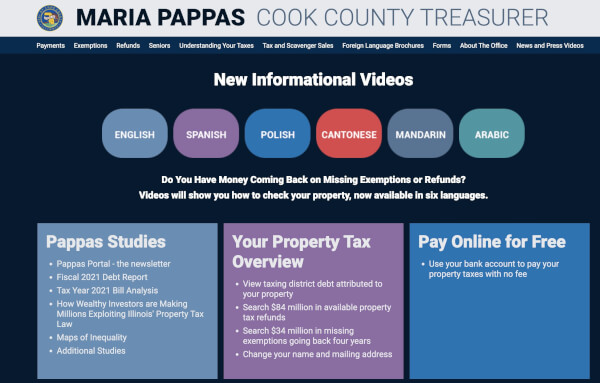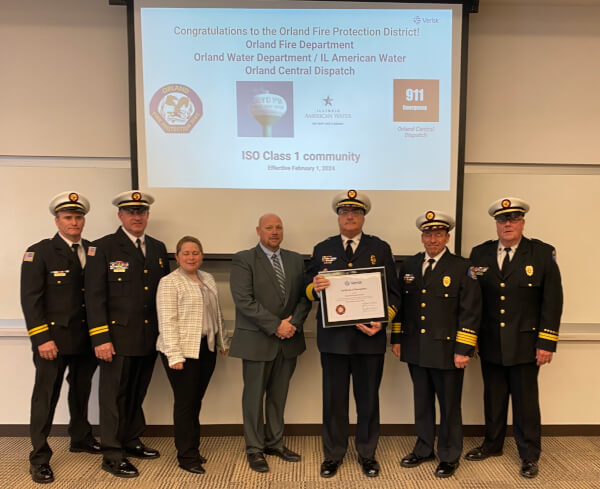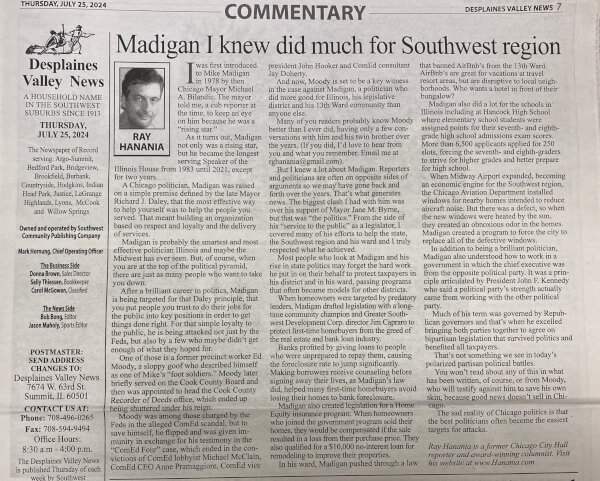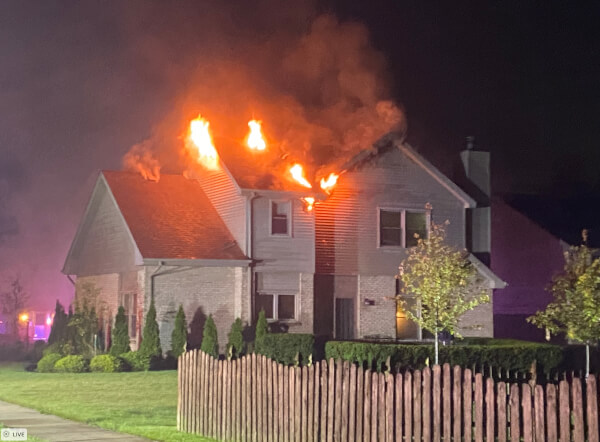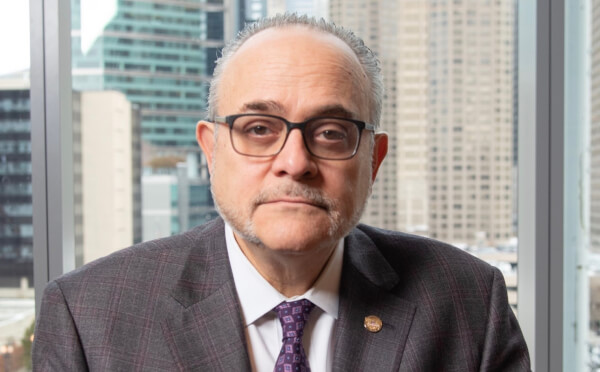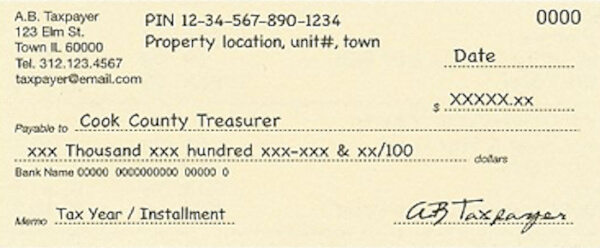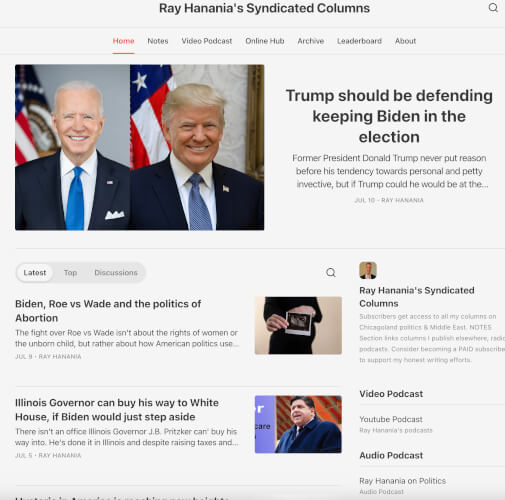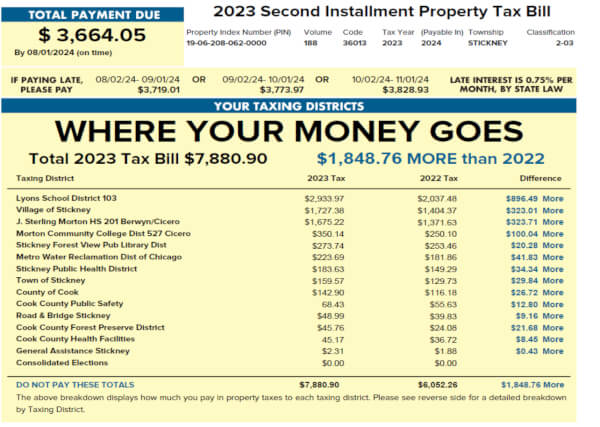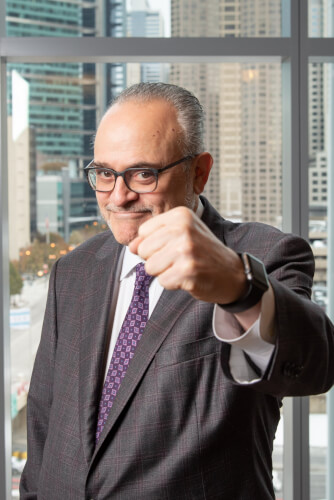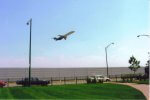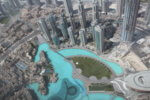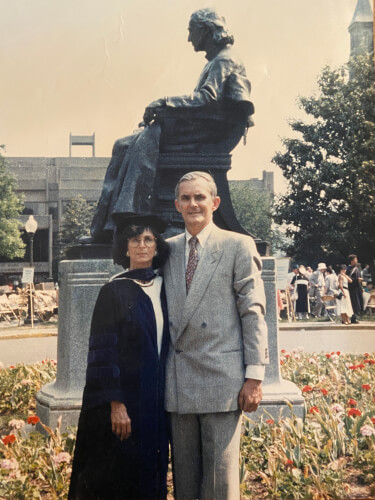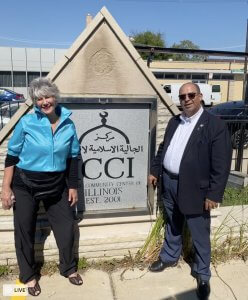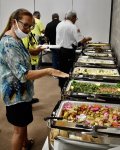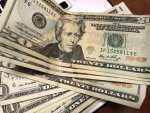Travel Review: the spectacular magnificence of Dubai
Dubai takes your experiences beyond reality offering spectacularly designed architecture, and visuals that go far beyond the extreme with the world’s tallest building, one of the world’s largest aquariums, and more luxury high-end shopping malls per capita than any other city in the world
By Ray Hanania
When I first visited to Dubai in 2006, it was a small Middle Eastern city with some amazing buildings and an exotic best known as having more construction cranes than any other city in the world.
The city was experiencing a massive building growth, but not just any buildings, buildings that seemed to require unique architectural designs. The most amazing building, the Burj al-Arab, was designed to look like the wind-filled sail of a ship sailing into a horizon of spectacular man-made islands shaped like a palm tree and a map of the world.
During the past 16 years, the forrest of construction cranes have been replaced by a forrest of some of the most unusually designed buildings, including among them the world’s tallest building, a glass-like Shish kabob skewer that rises 2,722 feet into the glistening hot sun of the desert sky. Completed in January 2010, the Burj Khalifa rises to 163 floors, which is 35 floors taller than the next tallest building in the world, the Shanghai Tower in China at a modest 2,073 feet high.
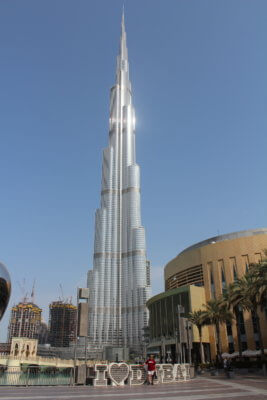
There was a time when America boasted the largest buildings, the Empire State Building (1,240 feet), the World Trade Center Twin Towers (1,368 and 1,362 feet), destroyed by terrorists in 2001 but replaced with a magnificently new One World Trade Center which rises to a patriotic height of 1,776 feet, symbolizing the year in which America was born. Three of the once largest buildings in Chicago are now dwarfed by the construction achievements in the Middle East and Asia. The Sears Tower, now called the Willis Tower (1,450 feet), the Amoco Building, now called the Aon Building, at 1,136 feet, and the Hancock Center which is a meagher 1,128 feet.
Visitors once awed by the view from the Sears Tower, are now blown away by the spectacular views from the Burj Khalifa’s three observation decks. The Burj Khalifa first opened with a Sky Deck on the 124th Floor, the highest in the world, with an observatory at the 125th floor. But a few years later, the Canton Tower, in Guangzhou, China opened its own observation deck a few hundred feet higher than the Burj Khalifa. To regain its title, the Burj Khalifa opened a sky deck on the 148th floor, making it the unchallenged absolute highest observation deck in the world.
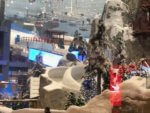
The elevator to the Burj Khalifa observation floors is a spectacular moment of amazing digital entertainment.. The lights dim to darkness and the walls and ceiling of the elevator turn into a night sky filled with stars and amazing images. As the elevator makes its way to the 124th floor in less than 30 seconds, you are entertained with amazing digital images of sky, space and buildings.
But the dizzying heights of the Burj Khalifa, which is often called the Shish Kabob Skewer of the Arab World because of its glistening, narrow pointed shape, is bolstered by being located in a water plaza adjacent to one of the largest shopping malls in the World, the Dubai Mall, which has 1,200 stores in 3.8 million square feet. One of the most famous equally large malls is also in Dubai, the Mall of the Emirates, which is located adjacent to the Kempinski Hotel, and features 2.4 million square feet of retail space but fewer stores, about 630. The Mall of the Emirates is also located adjacent to the 25-story tall Ski Dubai man-made, indoor snow ski mountain.
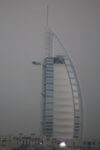
The Mall of the Emirates adjacent to the Kempinski Hotel and Ski Dubai has 630 retail stores including more than 100 restaurants. The mall was opened in 2005 and not only has a lot of stores, but as lot of space. The plazas are enormous. You’ll see a mix of shoppers from women in black Chanel Burkas with their faces covered peering either through the silk itself or through a 1/4 inch opening between veils on their faces, to women in halter tops, shorts and the latest in Western style that is both conservative and revealing. Men do not have the same restrictions as women and will commonly wear western styles like blue jeans or suits, to Arab style with long white jalabas or thawbs.
The first thing you learn about Dubai is that it is the Mall capitol of the world, and has more malls than any other city. Dubai is an economic resort where visitors come to enjoy the luxury of the city’s surroundings, and its exquisite architecturally designed buildings. Although Dubai is the jewel of the United Arab Emirates, the majority of the population is service-focused consisting of expatriates from India, Bangladesh, Pakistan and the Philippines. Locals will quickly tell you that only 20 percent of the population are actually Arabs.
While the Mall of the Emirates and Ski Dubai complex adjacent to the Kempinski Hotel is spectacular as a massive retail and resort complex, the Dubai Mall offers even more besides access to the world’s tallest building, the Burj Khalifa. Inside is a huge aquarium with the entrance consisting of a giant three story tall aquarium glass that is more than 200 feet wide. You can pay to walk through a glass tunnel that takes you through the heart of the aquarium as the huge sharks, sting rays and grouper float by staring at you like you are food. But so many people just stand outside of the Aquarium glass wall and watch the fish swim by from inside of the Dubai Mall itself.
The Malls have most of the same high-end, luxury retails stores that are found in any city around the world. Most of the stores, about 40 to 50 percent, are luxury, high-end jewelry, followed by high-end luxury clothing lines like Burberry, Chanel, Coach, Dior, Fendi, Gucci, Louis Vuitton, Tiffany, and Versace just to name a few of the familiar ones for Western consumers. About 30 percent are jewelry stores. The remainder are popular retail outlets offering food, books, records, music and computers including Virgin, Apple and more. The rest are restaurants, ice cream shops and candy stores.
Dubai is divided by a main road that runs North and South with the ocean on the west and the endless desert on the east. Along the coast is the Burj Al-Arab, which overlooks a man-made island shapped like a large palm tree featuring thousands of newly built homes fronting waterways between the island’s “fronds.” The beach waters are beautiful and emerald green clear. But access to the Burj al-Arab, unlike the Burj Khalifa, is restricted for most and only guests at the hotel are allowed to enter and enjoy is gold and gold-plated faucets and bathroom appliances.
Called Sheik Zayed road, named after one of the patriarchs of the Dubai’s original Arab family, Sheikh Zayed bin Sultan Al Nahyan, who died in 2004. A large fixed bill board of Sheikh Zayed adorns the roadway.
Dubai Taxi Cabs are like brand new and it only costs about $10 to go from one place to another in Dubai. The monetary system is the Dirham which is valued at about 28 to 30 cents per dollar. Most fo the Taxis take credit cards and will charge you based in Dirhams or Dollars. Prices for retail merchandize are about the same in Dubai as they are at malls in America like the Woodfield Mall.
You will find the same food in Dubai that you find in America. I ran into Five Guys, the Cheesecake Factory, PF Changs, McDonalds, Burger King, Starbucks, and more. It’s a little disturbing that there are so few local restaurants, although you will find some. But remember, most tourists to Dubai are not America. They are Indian, Philipino, Bangladeshi and Pakistani. Visitors come from other Arab countries, too, so they idea of eating a crappy burger at McDonald’s doesn’t phase them at all. There’s lots of pasta, a local version of pizza, but if you try hard, you will find a few Middle East restaurants like Mado’s a famous Turkish restaurant which offers a culinary inspiring food presentation of Shish kabob, quinoa salads with pomegranate.
Al-Iraqi restaurant offers Mezgoof, a meal of smoked fish cooked around a massive fire not burned on a tanior. The Iraqis would catch fish in the Tigris River, filet them and stake them around a hot fire letting them cook for 90 minutes or more.
Everything is air conditioned, which is a blessing when the outside temperatures during the summer are as high as 102 by 8 am in the morning. I tried to visit one of Dubai’s original, authentic souqs, the Al Fahidi Historic District at the north end of Sheikh Zayed Road near the Dubai Museum and the American Consulate Building. I went on a Saturday morning — Friday and Saturday are more of religious weekends for Muslims, similar to the secular weekends on Saturday and Sunday for Americans — and the place was nearly empty. But the temperatures were so hot and shade was hard to find, I didn’t spend much time there. The best time to shop outdoors is in the evening after 7 pm.
I visited the Burj Khalifa on a Friday morning and the crowds were absent. Friday is a religious day for Muslims and most Muslims don’t shop until late on Friday or they stay home with family. The Burj Khalifa staging areas and waiting areas were practically empty and there was no waiting to begin my self-led tour. Normally tours last about 30 to 45 minutes but I managed a relaxed pace and spent nearly two hours enjoying the views of the city and the deserts.
The views of Dubai’s buildings is an architectural delight. They architecture is varied and unusual. No two buildings look the same. The imagination of the designs are phenomenal and nothing seems too complicated, and yet they are very complicated designs.
Dubai is an Emirate, a small country ruled by an Emir who is a part of the United Arab Emirates on the Southeast coast of the Saudi Arabian peninsula along the Arabian Gulf (sometimes called the Persian Gulf). It is a coastal city that runs along the Arabian Gulf from the northeast to the Southwest. Two major roads traverse the length of Dubai and they form a corridor of amazing architectural splendor.
The main road is Sheikh Zayed Road named after one of the Emirate founders. One of the most beautiful buildings is the Burj al-Arab which preceded the construction of the Burj Khalifa. The Burj al-Arab is a high-end, posh self-described 7-Star hotel that forms the shape of a sail on a ship. Just to the south is are two man-made islands that forms a palm trees. To the north is a group of small man-made islands that form a map of the world. The beaches along this coast are beautiful and the waters are crystal clear.
I stayed at the Kempinski Hotel which is not only a very classy hotel but connected to the Mall of the Emirates and Ski Dubai.
Dubai’s downsides are few but still worth mentioning here.
The first is that access to the beaches is limited with very little support for tourists who are not staying at the very expensive hotels or villas along the beachfront. Most average people can’t stay at the gold covered toilet faucets at the Burj al-Arab, or at any of the villas on the Palm Islands. There are no companies that offer chairs to beach-goers who are staying at hotels inland. So you are really stuck out there. Only the very wealthy have support at the beaches, which are beautiful.
The other downside is that for most average people, flying to Dubai from America is a downer. The Economy Class is a little more expensive than “affordable,” and very uncomfortable even on Emirates Airlines. It’s a 14 hour flight in a 17-18 inches wide seat. Business Class is too expensive for regular travelers and costs upwards of $4,500. So travel to Dubai is basically for the wealthy. Most other people would be better off choosing a different location for sun-fun.

